@hempress & I have been secretly dying unbleached organic cotton shirts with plants, using a process that we are now upgrading to be a 100% chemical free method, with t-shirts manufactured by a fair trade company. Dying these shirts with plants will not be the end of this creative journey however, but more on that later.
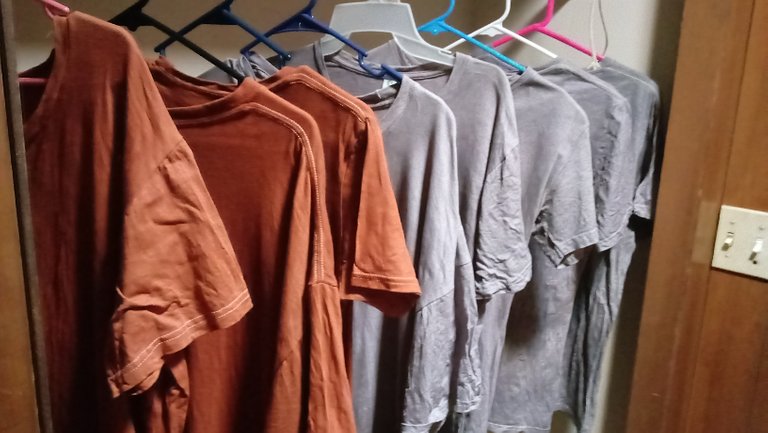
Dying with plants is a daunting task in itself, but figuring out the process of how to dye with plants without using any synthetic chemicals whatsoever proved to be incredibly difficult. By the end of our research, we were left with a few undeniable conclusions that we see as subatomic specs of gold hidden amongst tons of sand. This made me remember that I have a knack for accomplishing the improbable and profound. But in order to understand my conclusions, you first must understand a couple basic principals of dying with plants.
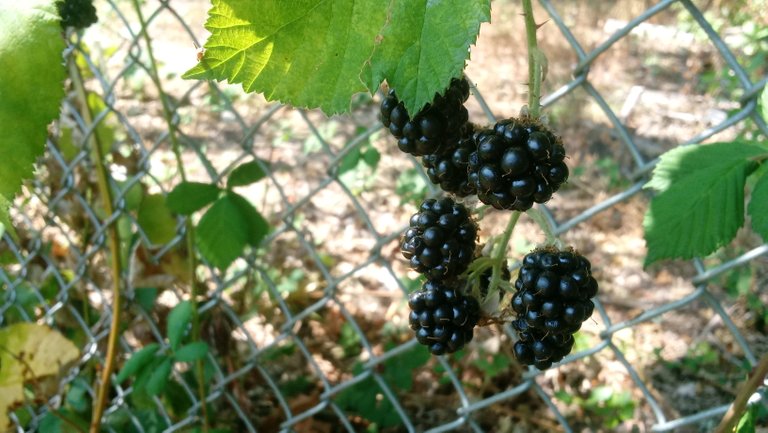
First, plant dyes work best with cellulose fibers, or fibers from plants (in this case cotton), and usually also hold color best with organic & unbleached fabrics, as opposed to synthetic and/or bleached fibers and animal fibers. Secondly, after washing your fabric by soaking it in soda ash (Sodium carbonate), you must then rinse and re-soak your fabric in what is called a mordant.
A mordant is a substance that unbinds the fibers, and allows the dyes to penetrate deeper, causing fabric to hold color better and longer. In the fabric dying world, we call a fabrics ability to hold color under extended light exposure lightfast-ness, and we call a fabrics ability to hold color under many washings washfast-ness.
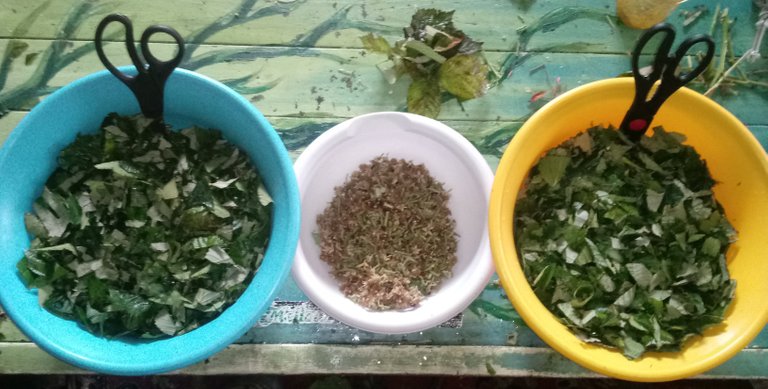
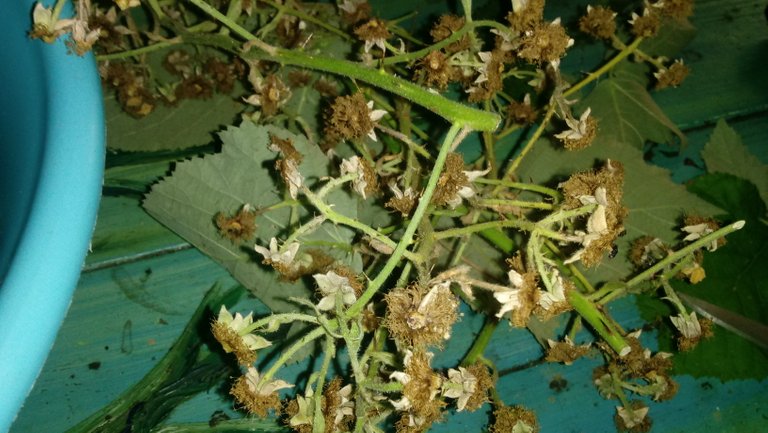
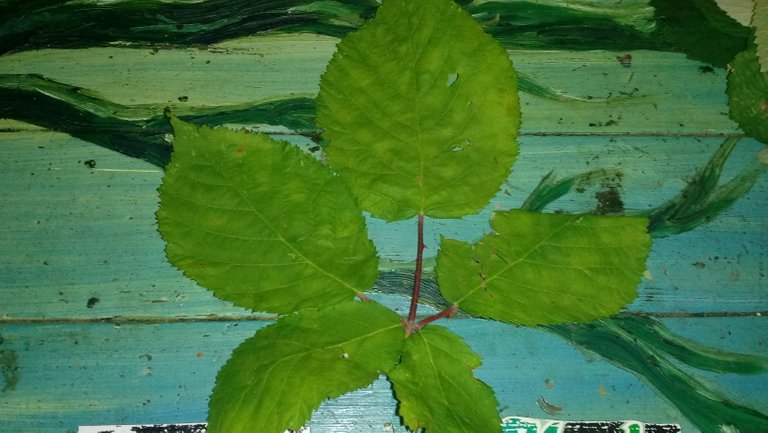
Many in the plant dying world are under the impression that you must use at least one synthetic chemical to produce colors on fabrics from plants. After days of research burying our heads in plant dying books, and scouring the internet's forums and sub-channels for info, @hempress and I can tell you without a doubt, you can in fact dye with plants without the use of any synthetic chemical.
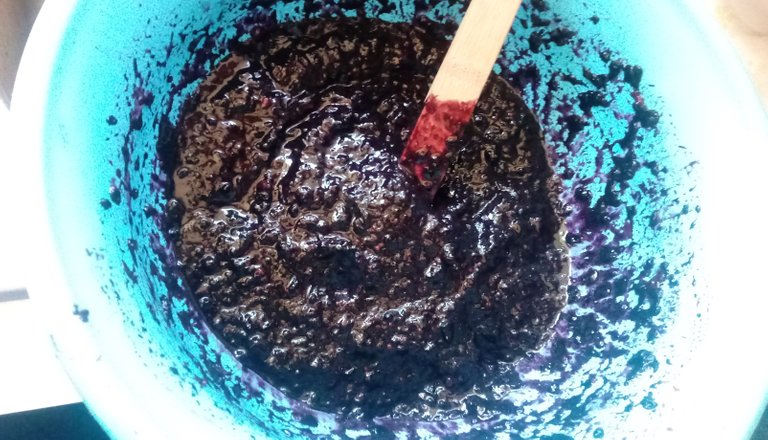
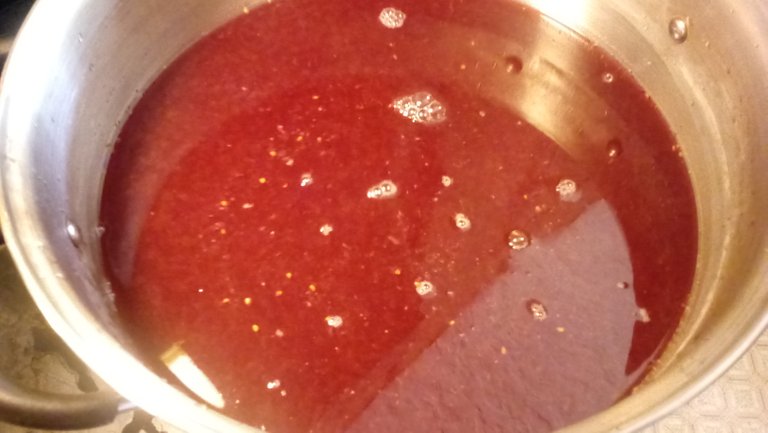
Most people think you must use a synthetic because a mordant is required for the dye to bond with the fabric. Yes, a mordant must be a chemical to cause the correct reaction, but most people do not know that mordant can also be a natural chemical supplied by nature. The answer to our prayers is called Tannin (Tannic Acid).
Tannin is a naturally occurring chemical that has high concentration presence in acorns, oak gals, horse chestnuts, pine bark, pomegranate rinds, juniper needles, cutch, sumac leaves, as well as some leaves, roots, and fruits from various other plants. Each tannin source has a slightly different method of use as a mordant, and retains certain properties that can affect the dyes. Some tannin sources can make your colors come out faded or dull, while others can alter the actual color from the plant by adding its own pigments of light browns, reds, or yellows.
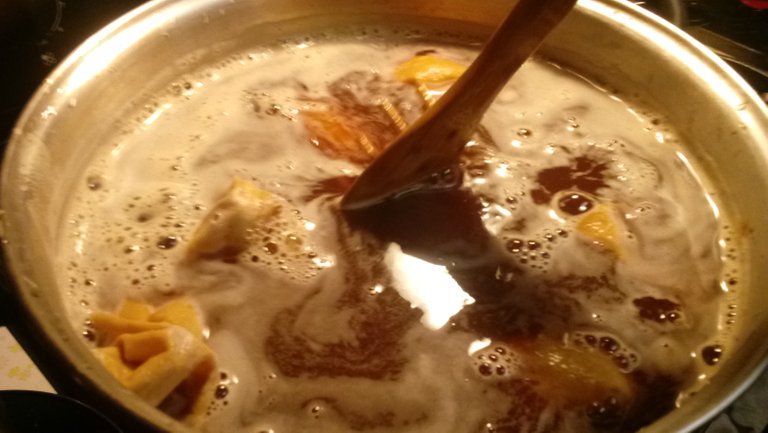
Conclusion #1:
Oak Gals will serve as the best source of tannin for our purposes of dying on organic, unbleached, natural, cotton, fabric. The reason for this is two-fold; Oak gals have the highest concentration of natural tannic acid on the planet, and also acts as a CLEAR mordant, that allows the true plant pigments to set on your fabric unaltered.
Conclusion #2:
You can always use the various tannin sources listed above as a mordant to combine with other plant dyes, but you can also just simply choose plants that act as their own mordant to avoid using synthetic chemicals as well.
Conclusion #3:
Soda ash can be found and purchased in either synthetic or natural form. The natural occurring version is well worth the small price increase not only because it is hypoallergenic, safe on the skin, and non-toxic, but also because it is mined strait out of the earth, and is not tainted by unnatural synthetic manipulation.
Conclusion #4
You can only produce a limited spectrum of colors naturally from the Earth, because there is only a certain range of colors that the Earth allows us. Those are the only colors that can occur on fabric naturally without the use of synthetic chemicals. I do not have a visual spectrum for this, as the spectrum is scattered across many plant dying books that we have acquired. I believe the pigments and shades created this way are the only colors we should be wearing anyway. As members of the Earth, we should be repping the Earth's colors, and showing everyone how natural things can really be. Anything is possible, just dedicate you mind and heart to it.
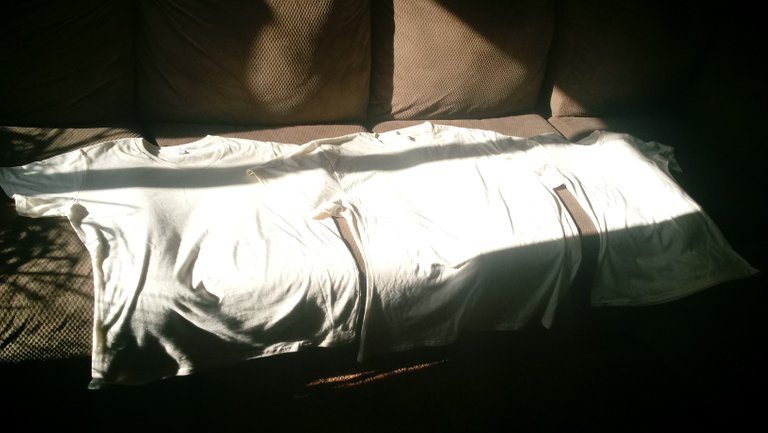
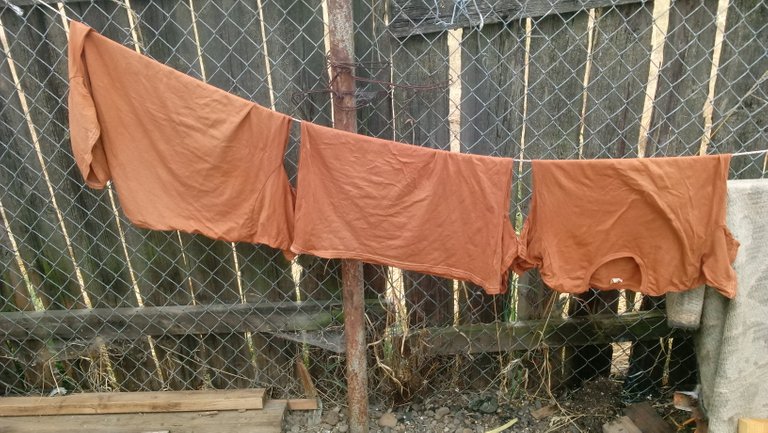

Do not forget that my debut concious Hip-Hop album, The Hex Wrecker is completely free for download on Bandcamp and Soundcloud (click the links to go to my music on those platforms), or CLICK HERE for download instructions.










That's sweet! And besides that learning how to make things yourself!.. Right on!
Yes sir, glad you like them so far!
Very good posts, hopefully a successful brother is always in the esteem business
Thank you for your continued support of SteemSilverGold
Wow, what dedication to the art and craft of doing things in an Earth-friendly, elemental way! ;-)
We are leading by example here. This is how everyone should create their dyes everywhere. We would have a lot less pollution and contamination if everyone did, especially if bigger sects of the fashion industry use our meathods.
I agree. Good work! =D
Super educational and delivered just as my berries ripen and it was my plan to attempt something similar on a hat I have made. Thanks for sharing this.
thank you for your kind words, I am glad you liked it.
Hello @elamental, thank you for sharing this creative work! We just stopped by to say that you've been upvoted by the @creativecrypto magazine. The Creative Crypto is all about art on the blockchain and learning from creatives like you. Looking forward to crossing paths again soon. Steem on!